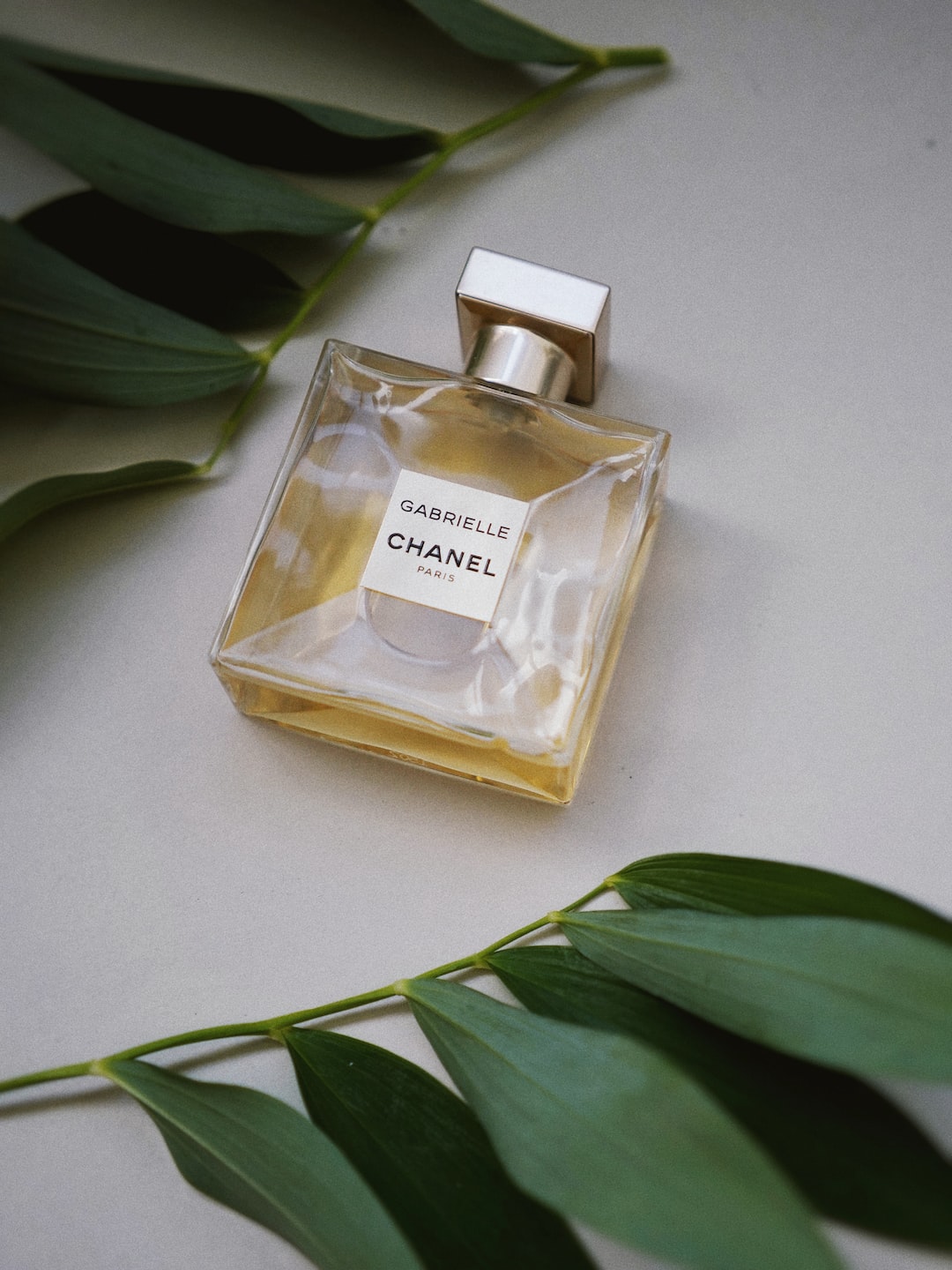The Science behind Hair Color: All About Dyes and Toners
Hair color has the power to transform our appearance, boost our confidence, and express our personal style. Whether it’s a natural shade or a vibrant hue, the science behind hair color is fascinating. From understanding different types of dyes to exploring the role of toners, let’s delve into the intricacies of hair coloring.
Hair dyes come in various forms, such as permanent, semi-permanent, and temporary. Permanent dyes penetrate the hair shaft and modify its natural color. These dyes contain molecules called intermediates and couplers that combine with hydrogen peroxide, creating a chemical reaction that removes the natural color and replaces it with the desired shade. Once the dye molecules are deposited into the hair cortex, they are difficult to remove, resulting in long-lasting color.
Semi-permanent dyes, on the other hand, do not contain intermediates or couplers, but they still penetrate the hair shaft. These dyes consist of larger molecules that only attach to the hair’s outer layer, the cuticle. Although they do not last as long as permanent dyes, semi-permanent dyes are a great option for experimenting with a new color without committing to a long-lasting change.
Temporary dyes, as the name suggests, provide short-term color that easily washes out. These dyes coat the outside of the hair cuticle, creating a layer of color that can be removed in one or a few washes. Temporary dyes are a popular choice for occasions like Halloween or costume parties when a bold, funky look is desired for a limited period.
Toners play a vital role in the world of hair coloring. They are often used to correct unwanted tones, such as brassy or yellowish hues, that may appear after lightening or bleaching the hair. Toners work by depositing color molecules onto the hair strands to neutralize these undesired tones. For instance, purple-toned toners are used to counteract brassy yellows, while blue-toned toners cancel out orange tones.
The color theory behind toners is based on the principle of complementary colors. Complementary colors lie on opposite sides of the color wheel and effectively cancel each other out when combined. Therefore, when toners are applied, the complementary color is used to counteract the unwanted tone, resulting in a more balanced, natural-looking hair color.
To achieve a specific hair color, a basic understanding of the color wheel is essential. If you wish to darken your hair, you need to choose a shade that is a level or two darker than your natural hair color. Conversely, lightening your hair involves selecting a shade that is a level or two lighter. By understanding the color wheel and taking into account your current hair color, you can achieve the desired results without any surprises.
As we age, our hair naturally loses pigment, resulting in gray or white strands. To cover these grays, hair dyes contain specific molecules called colorants. These colorants are designed to deposit color onto the white or gray hair strands, blending them seamlessly with the rest of the hair. The effectiveness of hair dyes in covering grays depends on the percentage and arrangement of gray or white hair, as well as the chosen hair color.
Hair color is a wonderful example of the marriage between science and beauty. Understanding how dyes and toners work is crucial to achieving the desired hair color and maintaining its vibrancy. So, whether you’re looking to experiment with a new shade or cover those grays, understanding the science behind hair color will ensure you make informed decisions to achieve your desired look.


